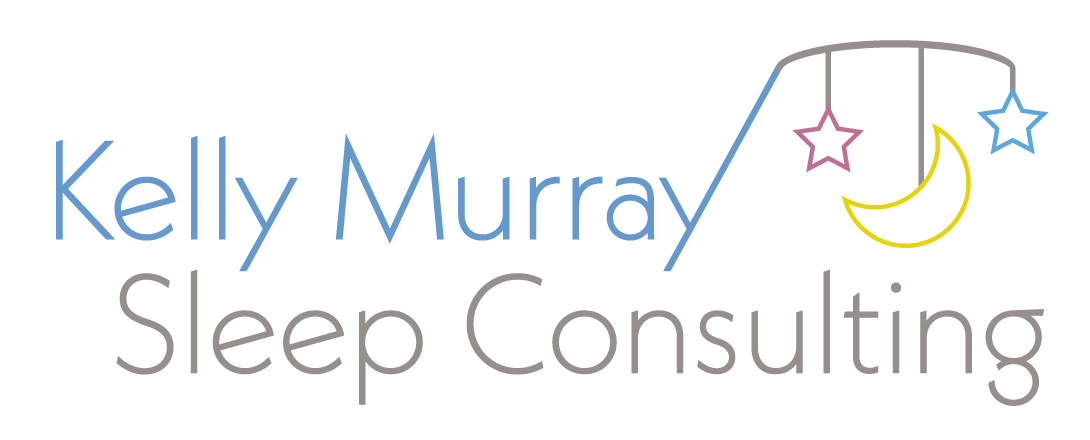Let’s talk about a nap transition that brings some unexpected anxiety for parents, and for good reason — it’s one of the first nap transitions you have to do a little pre-planning for:
Going from Three Naps to Two
If You’re Anxious, You’re Not Alone
If you’re moving your baby from a three to two nap schedule and are a little anxious about it, first know this: you are not alone! It can cause a lot of anxiety for parents and that’s understandable; before this nap transition, your baby just dropped the nap without much production and it happened naturally. Your baby was able to stay awake for longer stretches, the nap went away on its own, and you really didn’t have to do much work.
But this nap transition is a bit different.
Your baby is going from being awake at the most, 2 to 2½ hours at a time, to now almost 4 hours at a time. So it does require a bit of pre-planning and strategy in order to do it successfully. Otherwise, your baby can become really overtired, start waking up early in the morning, and then you have no choice but to give your baby that third nap — and you don’t make any progress.
I want you to avoid that. So, I’m giving you my time-tested and true tips on how to make the three to two nap transition a successful one.
Is Your Child Ready?
The first thing I want you to do is make sure your baby is, indeed, ready for this transition. If you do it too soon, your baby just can’t handle the extended wake windows and they become overtired. Whenever they become overtired, it becomes even more challenging for them to sleep because their bodies produce cortisol (the alert hormone), and then it’s even more challenging to fall asleep and stay asleep. This causes them to become even more tired, creating a vicious cycle — and we want to avoid that.
(Learn more about overtiredness and how it leads to sleep issues in children in my blog post Why Overtiredness Leads to Sleep Issues.)
Signs of Readiness
Your Baby is Between 7-8 Months Old
Granted, some babies move to two naps at 6 months, but I would definitely push your baby a little bit longer if they're showing signs earlier than 7-8 months. The closer you can get to 7 months, the more successful your baby will be.
Your Baby Refuses the Third Nap
What you’ll see is that your baby will flat out refuse that third nap, even if you move the third nap a little later, or try motion (i.e. stroller, car seat or baby carrier). We’re not talking about just a little protest but a total refusal that lasts longer than 15-20 minutes.
Other Signs to Look For
Some other signs you may see are:
Your baby may start waking up before 6:00am
The first and second naps become shorter (less than an hour)
It’s taking your baby more than 15 minutes to fall asleep at naptime
Once you’ve established that your baby is developmentally ready to drop the third nap, what’s next?
Making the Transition
Start with Wake Windows
Once you establish that your baby is developmentally ready to drop that third nap, start the transition by using a longer wake window. This longer wake window should be 2½ to 3 hours long. Use this wake window for 1-2 weeks.
Here’s how to use the longer wake window:
In the morning, the gap between wake-up and going down for Nap 1 should be at least 2½ hours
Then, the gap between Nap 1 ending and going down for Nap 2 should be 3 hours
Lastly, the gap between Nap 2 ending and going down for bedtime should be 3 hours
Moving Bedtime
There’s always a chance that the naps don’t start to elongate right away; with some babies they do, and some babies they don’t — and that’s okay!
When this happens, there ends up being a really big gap between Nap 2 and your baby’s normal bedtime. In this case, move bedtime up earlier — but don’t move it up any earlier than 12½ hours after your child woke up for the day. This is because, at most, your baby is going to sleep about 12 hours at night — and we don’t want your baby to start waking up extremely early. So move that bedtime up.
Supplementing with a Motion Nap
If you feel like there’s still too big of a gap between Nap 2 and bedtime — a good 4 hours or so even with moving bedtime up — you can still try for a third nap. When you try for the third nap, go for a motion nap, as motion will usually do the trick when your baby just doesn’t have a lot of fatigue towards the end of the day. You can always move bedtime a little later in that case. For the most part, though, you want to try to remain consistent with that two nap schedule.
If You’re Following Eat, Play, Sleep
One thing I want to warn you of is that, if you’re following Eat, Play, Sleep, you’re going to automatically drop a feed by dropping the third nap.
To solve this, I want you to add that feed in right before Nap 2. It should happen about 45 minutes before Nap 2. You don’t want it to be too close to Nap 2 starting because it could re-energize your baby, and then it’ll be harder for your baby to fall asleep and stay asleep. So don’t forget to add an extra feed between Nap 1 and Nap 2.
It should look like this:
Your baby wakes up from Nap 1
Feed your baby within about 10 minutes of waking from Nap 1
Second feed happens about 45 minutes before Nap 2
Moving to a Clock Schedule
After about 1-2 weeks, your baby shouldn’t be struggling with the wake windows anymore and you should start feeling like your baby can handle even more awake time. This is a really good time to put your baby on a clock schedule — which is fantastic! What this will do is a) give you a better idea of how the day is going and b) get your baby’s body clock into a really good rhythm.
Here’s what a clock schedule looks like:
6:30 am → Wake Up
9:30 am → Nap 1
2:30 pm → Nap 2
7:00 pm → Bedtime
If your baby’s waking up at 6 or 7, you can adjust the schedule accordingly, give or take a half hour.
Patience, Patience, Patience!
Please give yourself and your baby a little grace with this transition. Even once you get your baby on a clock schedule, there is going to be an adjustment period. Your baby is not going to just immediately adhere to this new schedule without any challenges. Expect some overtiredness, expect some crankiness, expect some short naps — but your baby will adjust. I promise you.
Give it at least 2-4 weeks before you start to worry. If it gets past that point and your baby’s really struggling, we can help. Schedule a complimentary discovery call with us and we can tell you about our method and the best next step for you.
Get Ready for a Dream of a Nap Schedule!
I hope that these tips help for a smooth three to two nap transition. That two nap schedule is the best schedule once you get there, so enjoy it!
All of our Sleep Squad members have completed Sleep Sense Training and the Kelly Murray Sleep mentorship program. Kelly continues to support, guide and oversee the Sleep Squad as they work with each family. This way, all clients experience the same amazing results (and lots and lots of sleep) regardless of who supports them.
Sweet Dreams
Kelly Murray is a certified sleep coach and an award-winning pediatric sleep consultant based in Chicago offering sleep coaching services nationwide.











